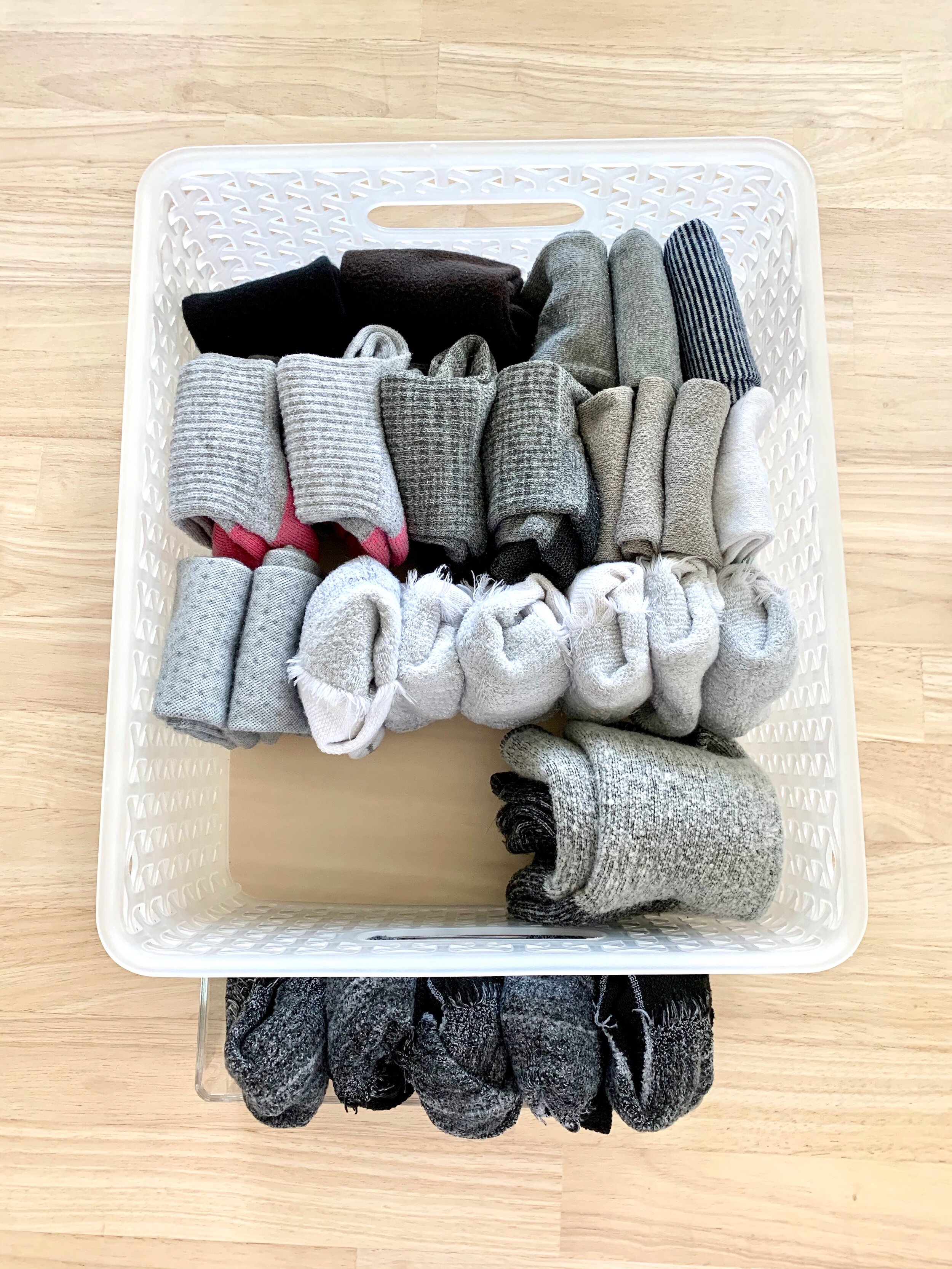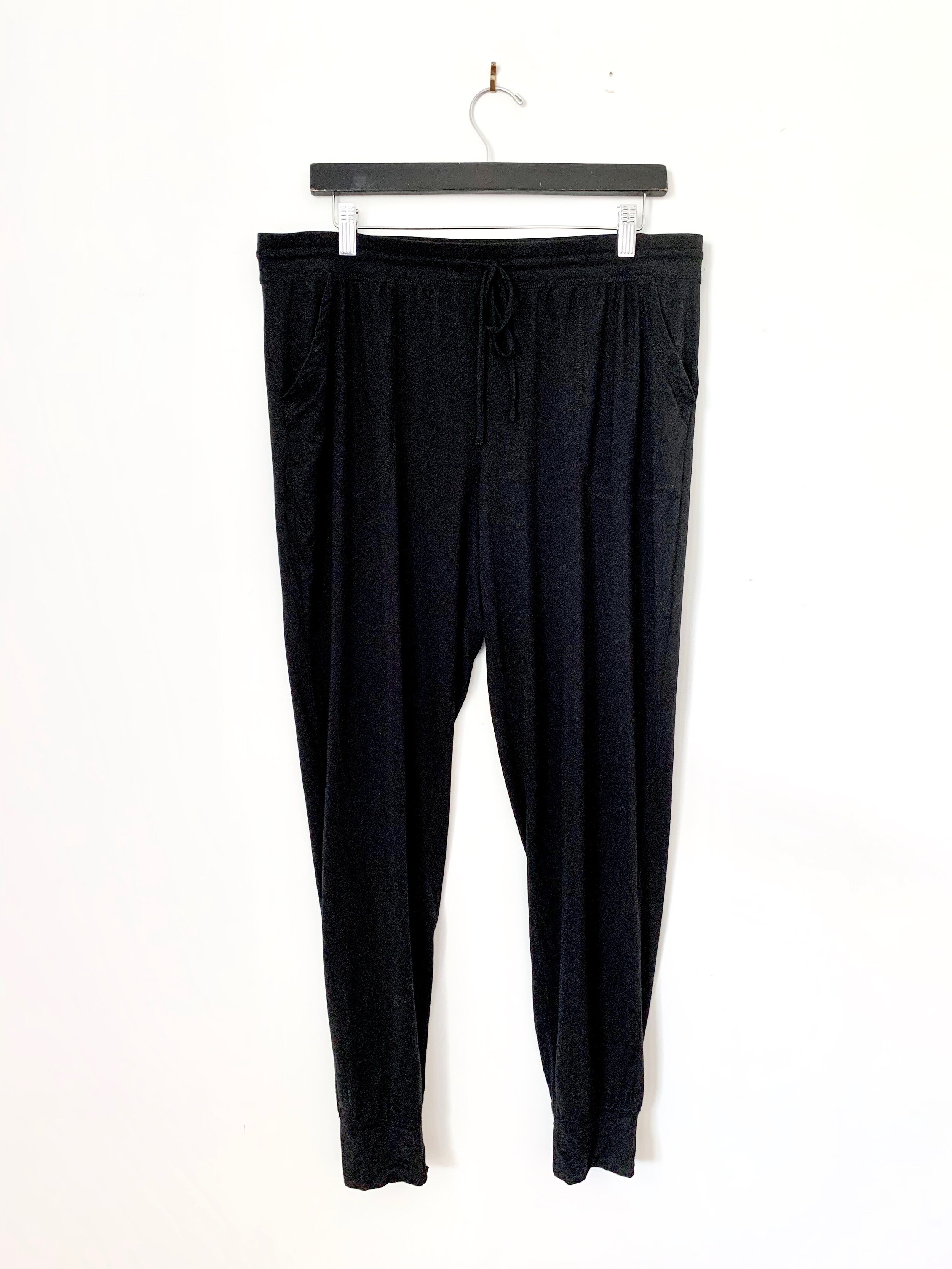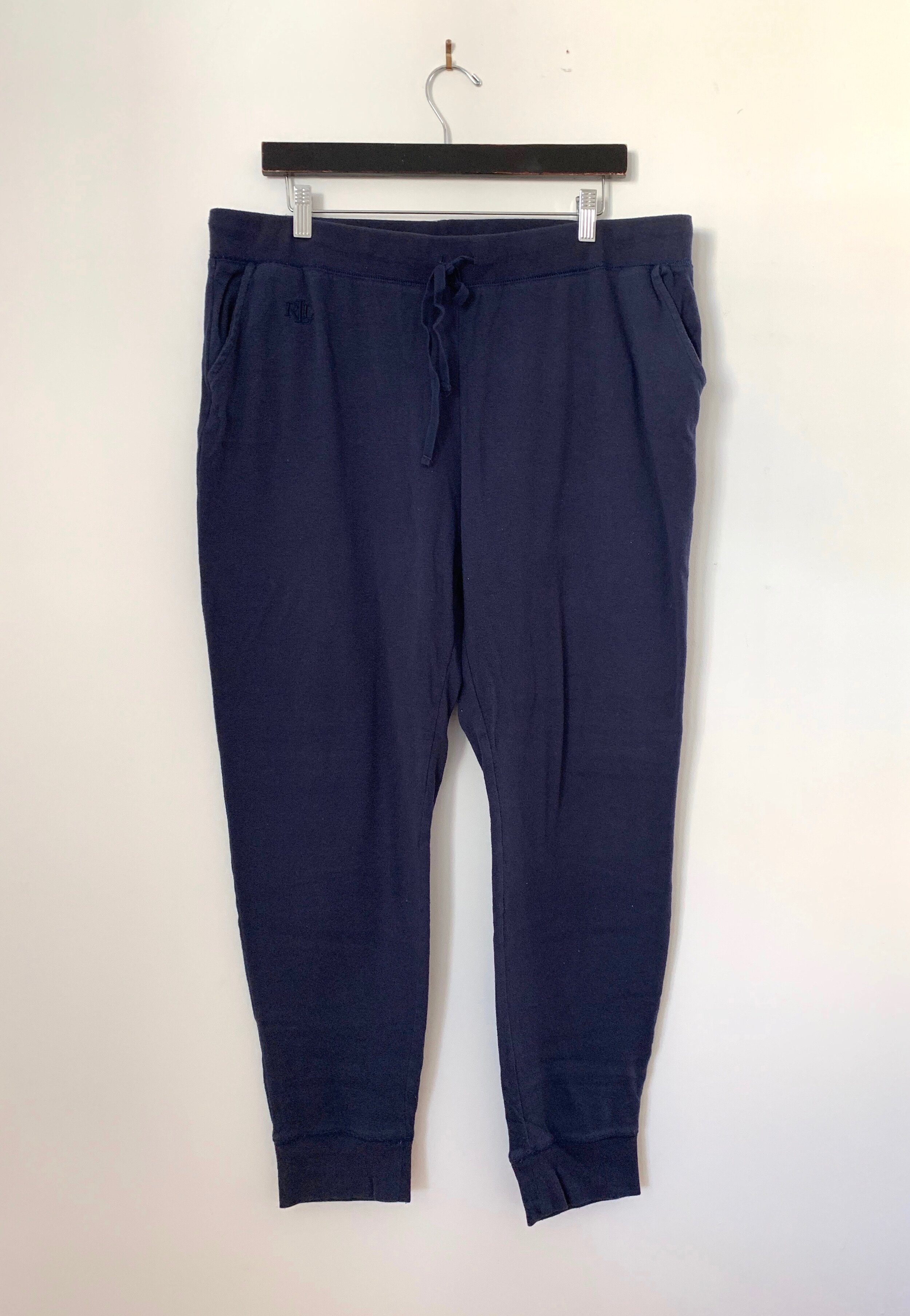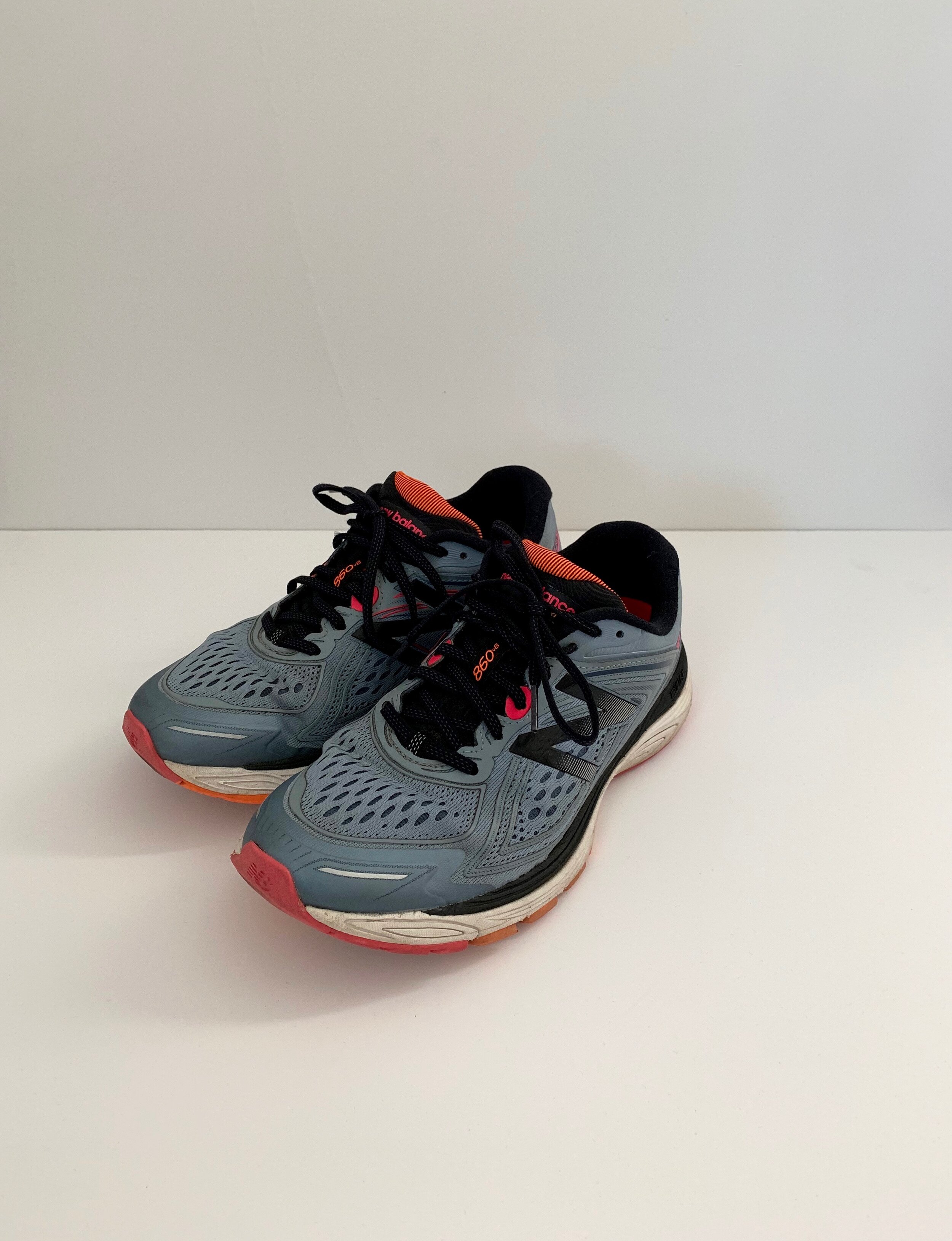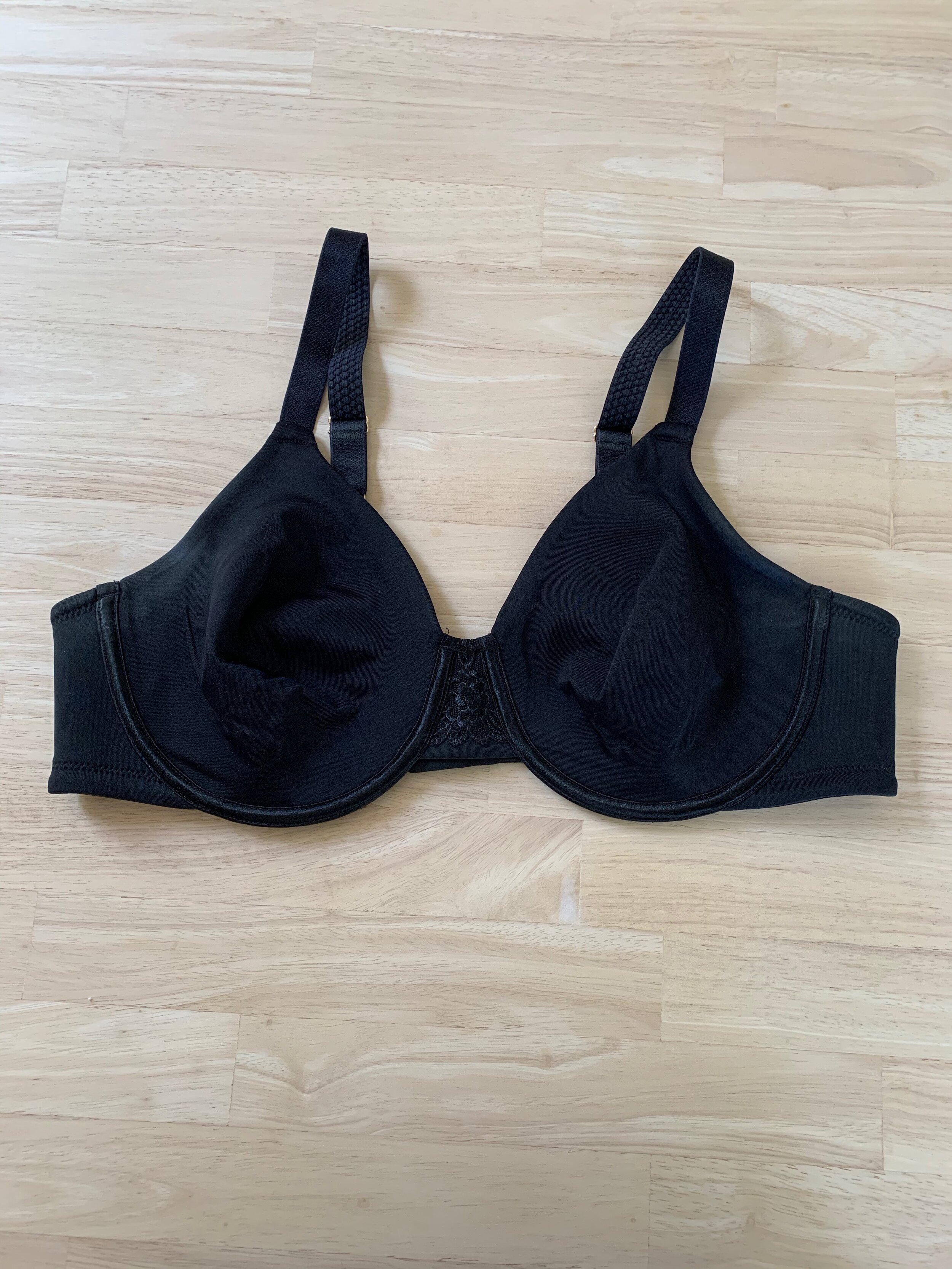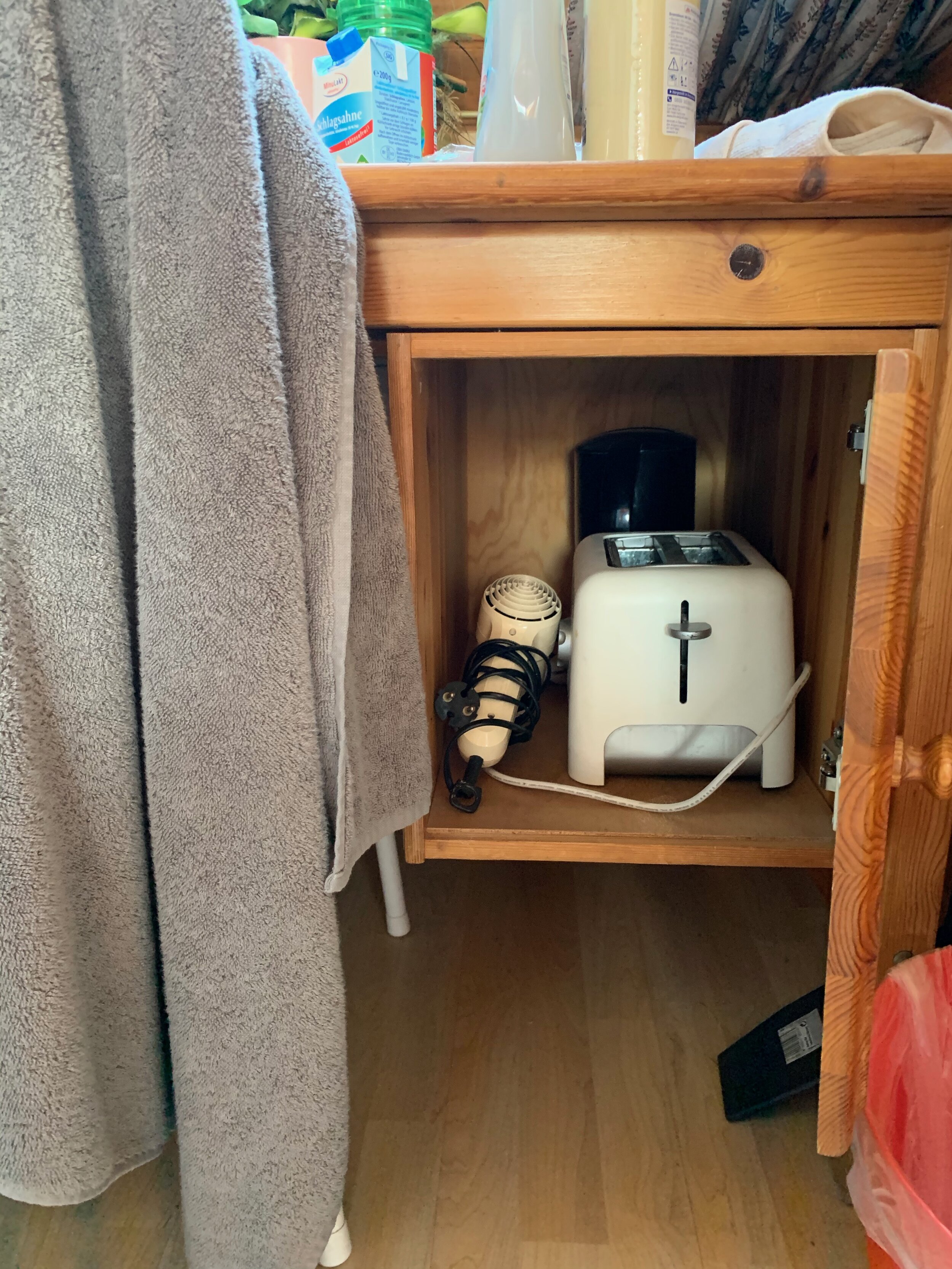As the year came to a close and the pages in my bullet journal started to dwindle, I decided it would be a good time to start fresh. I went online and found the official Bullet Journal notebook- it has page numbers and an index so you can find what you’re looking for, and a guide for all the little symbols and what they mean. I imagined I would put all my written information into this one little notebook this year; in the past I’d only kept certain random lists inside, along with my habit tracker and calendar. But this year I wanted to go for it. I listened to the audiobook, The Bullet Journal Method, and really got into it. I decided I’d keep to-do lists, calendars, brainstorming sessions, song ideas, blog entries- all of it- inside my bullet journal. I experimented with the pages at the end of my old bullet journal. I started by “rapid logging”- jotting down every random task or idea that was on my mind next to a bullet, getting it all down on paper.
Well, that list was totally overwhelming and I couldn’t put a dent in it any which way, especially since some of the items were huge projects with many smaller tasks involved. I divided the list by topic, placing a letter next to each item that had been moved to another list: H was for Household Projects, V was for Videos, B was for Blog, etc. There were “Life Administrative” tasks, songwriting stuff, workout information, medical to-dos, and on and on. I ended up with so many different lists that I couldn’t fathom staying on top of them all on a daily basis. I also couldn’t figure out a good way to break down the bigger projects. Once an item had been “migrated” to a more specific list, I thought I’d put a page number next to the bigger tasks. That would tell me where to find the breakdown of steps for that particular project.
I tried explaining this customized system to Matt, whose head I could practically see spinning, and grew less and less confident in how helpful all of this was. I tried to tell myself that this was the simplest way to keep track of everything- using the method and symbols of the official bullet journal, conceived by Ryder Carrol of BulletJournal.com (and author of the aforementioned book). I explained to Matt what all of the little dots and arrows and slashes meant, all the while growing more and more aware that this wasn’t going to work.
I thought about how my current system for blogging had been working just fine, and that there was really no reason to change it: I keep a running list of blog topics in my Notes app on my phone, handwrite my first drafts into designated notebooks, then type the entries into Notes when I finish. Sometimes I outline ideas on scratch paper when I need to organize my thoughts. I thought about how my habit tracker had been working just fine; it allows me to keep records of my daily activities for reference when I’m changing medication or just want to remember a timeline. I thought about how much room I need to sketch out a project, and how often I need to write and rewrite lists in order to wrap my head around them. And I realized that if I really wanted to put everything into a bullet journal, I’d blow through a journal every month. As a minimalist, that sounded like a nightmare of records to store and keep, and constantly transferring notebooks sounded like way too much trouble in general.
I decided it was time to let go of the bullet journal idea and embrace the vast and complex systems I already use, improving upon them where I could. The thing I really felt like I was missing was a way to break things down into smaller steps. I looked into some organizational apps- Things, Evernote, and Trello. I watched YouTube tutorials and evaluated their usefulness. I settled on Trello as a good solution to my list-within-list problem. In Trello, you have “boards”, each of which has a general title. Within each board, you can name a “list” which consists of any number of “cards.” Within each card, you can keep a running “checklist” of to-dos. This allows me to keep lists within lists within lists- exactly what I was looking for. I created 4 boards. Life Admin, for example, has several lists inside: Medical, Household, Shopping, etc. Each list has a card for each task- under Shopping, for instance, I have a card that says, “Buy running shoes.” Then on “the back” of that card is a checklist of each step involved with buying said shoes: wear old shoes to running shoe store, ask for similar shoes, try on shoes, etc. This may seem like a level of micro-tasking that most people wouldn’t find necessary, but for me it takes an overwhelming task and turns it into something smaller and more manageable. So that’s Trello- my dream to-do list app.
Next I went into my Notes app and made several folders: Blog Topics, YouTube Ideas, Books, Ebay, etc. Each folder contains lists which never really go away. I have a running list of blog topics, a list of books I’ve read or want to read, another of Ebay selling information. These are not tasks to be checked off, but references I can always keep with me and add to as things come to mind.
Next is my bullet journal. I decided to keep the best parts of my bullet journal as a kind of permanent record. I keep four “spreads” in there that continue every month. First is my “habit tracker,” which I’ve mentioned before. I check off when I’ve showered, when I’ve done laundry, when I’ve written a blog, etc., making note of any specific events or tasks. Then there’s a gym calendar to track my workouts, a pill calendar to track my meds, and also something new: a gratitude page where I write down 3 things I’m grateful for each night. I’m attempting to stifle my gag reflex on this one since I’ve heard this can significantly impact mental health and might actually be a worthwhile endeavor.
Okay, we’re up to 3 systems- stay with me. In addition, I have my blog notebooks for handwritten entries. I have my “scratch” notebook for brainstorming. And then there’s my songwriting notebook where I jot down song ideas before they get entered into my computer. That’s a grand total of 6 systems.
Now I love my bullet journal, but one of the first rules of bullet journaling is to find what works for you. And so far, my 6-system method is working great. I feel like I finally have room for everything in my head. And I feel like I get credit for doing every little task involved with my bigger projects. On those inevitable days when I feel like I “got nothing done,” I can always find something to check off in Trello or on my habit tracker. Sometimes I even go backwards and add a task to Trello after I’ve already done it- I just feel good checking it off. And everything on there goes into an “archive” I can always look back on if I feel the need to pat myself on the back.
If failing to plan is planning to fail, I think I’m out of the woods. I find it’s planning to plan that’s the hardest part. Are there simpler ways to keep track of your life? Sure. But it’s only by spreading things out and getting specific about the nitty-gritty that I’m able to tackle any of it. And when I’m not sure what to do next, I can just look over my lists and pick something small.
